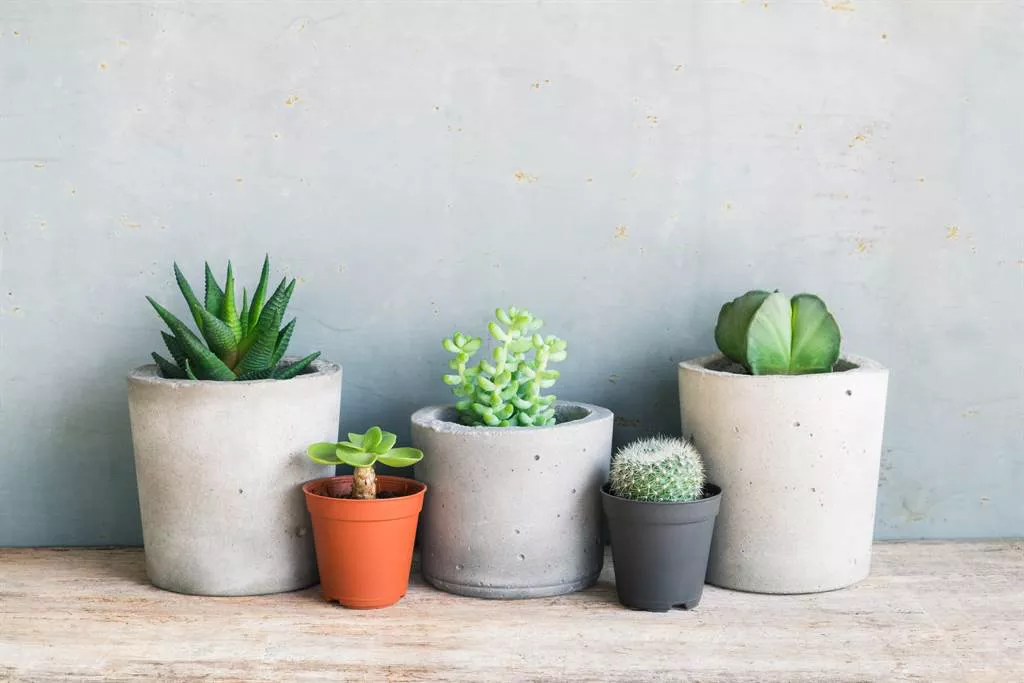Succulents are fascinating plants that have become increasingly popular in recent years. They are prized for their unique shapes, textures, and low maintenance requirements, making them a favorite among gardening enthusiasts. One of the most critical factors when it comes to growing succulents is the type of soil used.
Importance of the Right Soil for Succulents
The right soil type is crucial for the growth and survival of succulents. Succulents require well-draining soil that allows excess water to flow out quickly, preventing root rot. Using the wrong type of soil can cause the plant to suffer from various issues such as overwatering, nutrient deficiencies, and fungal infections, leading to stunted growth or even death.
Best Soil Types for Planting Succulents
There are several soil types that are suitable for planting succulents, including the following:
Cactus Soil Mix: Cactus soil mix is a popular choice for planting succulents due to its excellent drainage properties. It is a blend of sand, perlite, and peat moss, ensuring that excess water flows out quickly. This soil mix also contains essential nutrients that support healthy succulent growth.
Coconut Coir: Coconut coir is an eco-friendly alternative to traditional soil mixes. It is made from coconut husks, providing excellent drainage while retaining moisture. Coconut coir is a sustainable option that promotes healthy succulent growth without harming the environment.
Perlite: Perlite is a lightweight volcanic glass that is often added to soil mixes to improve drainage. It has excellent moisture retention properties and prevents soil compaction, allowing for optimal root growth and nutrient uptake.
Sand: Sand is an excellent addition to soil mixes for succulents as it improves drainage and prevents soil compaction. It is essential to use coarse sand, as fine sand can lead to soil compaction and poor drainage.
Gravel: Gravel is another material that can be added to soil mixes to improve drainage. It is a cost-effective option that allows for air circulation around the roots, promoting healthy succulent growth.
Tips for Optimal Succulent Care
In addition to using the right soil type, there are some essential tips for optimal succulent care. Below are some tips to keep in mind when caring for your succulent plants.
Watering: Succulents require infrequent watering as they store water in their leaves and stems. Overwatering can lead to root rot, which is fatal to succulents. A good rule of thumb is to water your succulents once a week during the active growing season and once every three weeks during the dormant season. You should monitor your succulents closely and adjust your watering schedule as needed based on the humidity and temperature levels.
Sunlight: Succulents require bright light to thrive. Place your succulent plants in a sunny location exposed to at least six hours of direct sunlight daily. However, avoid placing them in areas exposed to intense afternoon sun, which can damage the plant’s leaves.
Temperature: Succulents prefer warm temperatures between 60-75°F (15-24°C). Avoid exposing them to extreme temperatures, such as below freezing or above 90°F (32°C).
Pests: Pests such as mealybugs and spider mites can be detrimental to succulent plants. Keep an eye out for signs of pests, such as visible webbing or white cotton-like spots, and take action promptly to prevent infestations.
Transplanting: It’s essential to transplant your succulent plants into larger containers as they grow to prevent overcrowding. Use a well-draining soil mix similar to the one used for seed sowing and provide adequate light and water.
Conclusion
Choosing the right soil type is crucial for the growth and survival of succulent plants. The best soil types for planting succulents include cactus soil mix, coconut coir, perlite, sand, and gravel. These soil types provide excellent drainage, allowing excess water to flow out quickly, preventing root rot and promoting healthy succulent growth. Along with using the right soil type, proper succulent care involves infrequent watering, exposure to bright light, ideal temperature conditions, and prompt action against pests. With optimal care, your succulent plants can thrive and add unique beauty to your indoor or outdoor spaces.


